Is it a crime to be well-dressed? In this week’s episode, we return to the French revolution to find out why one of the world’s most fashionable women became the symbol for everything that was wrong with the aristocratic system. Did Marie Antoinette really bankrupt the country with her dresses and jewels, or was she the victim of an angry, desperate populace looking for a scapegoat?
Featured image: Marie Antoinette in an elaborate court dress, painted in 1778. (Image source)

The scandalous portrait of the queen en gaulle–in a simple muslin dress. This was extremely scandalous at the time, since she looked like she was in her underwear. This was painted by the same artist, Élisabeth Louise Vigée Le Brun, as the portrait in elaborate court dress above. (Image source 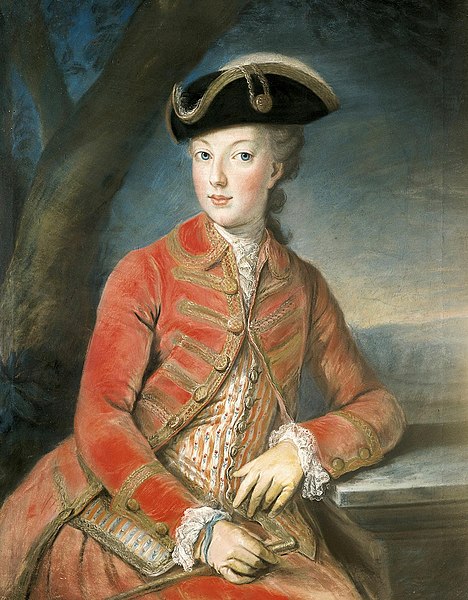
A portrait of a young Marie in 1772, in a masculine riding habit. Although she’s remembered now for her elaborate court costumes, some of her earliest fashion scandals were about her fondness for hunting in masculine attire. (Image source)
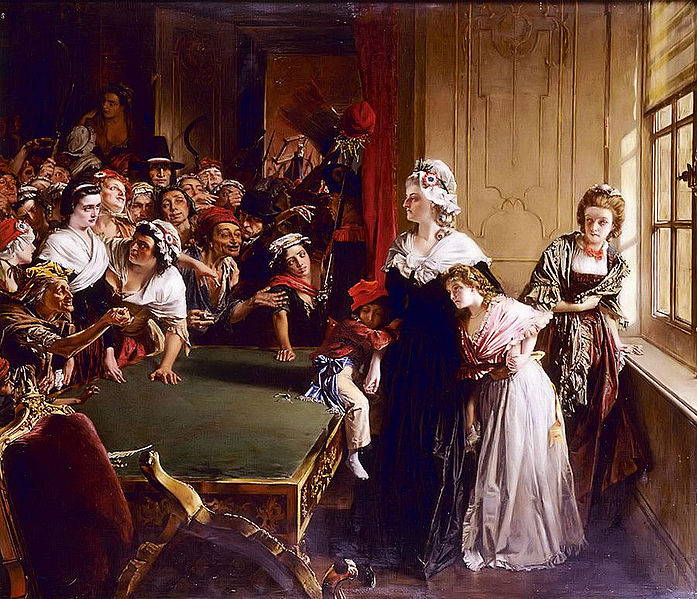
The queen, in her outfit playing on revolutionary fashion, is confronted by the populace at Tuileries palace. This was painted by an English artist; a lot of English art from the period is sympathetic to the French nobility. (Image source)
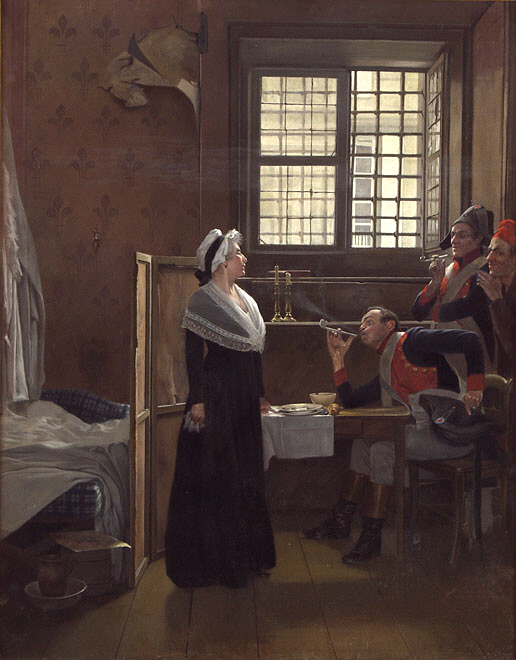
Another English painting. This one is of the queen under arrest, in her mourning outfit, being leered at by her revolutionary captors. (Image source)
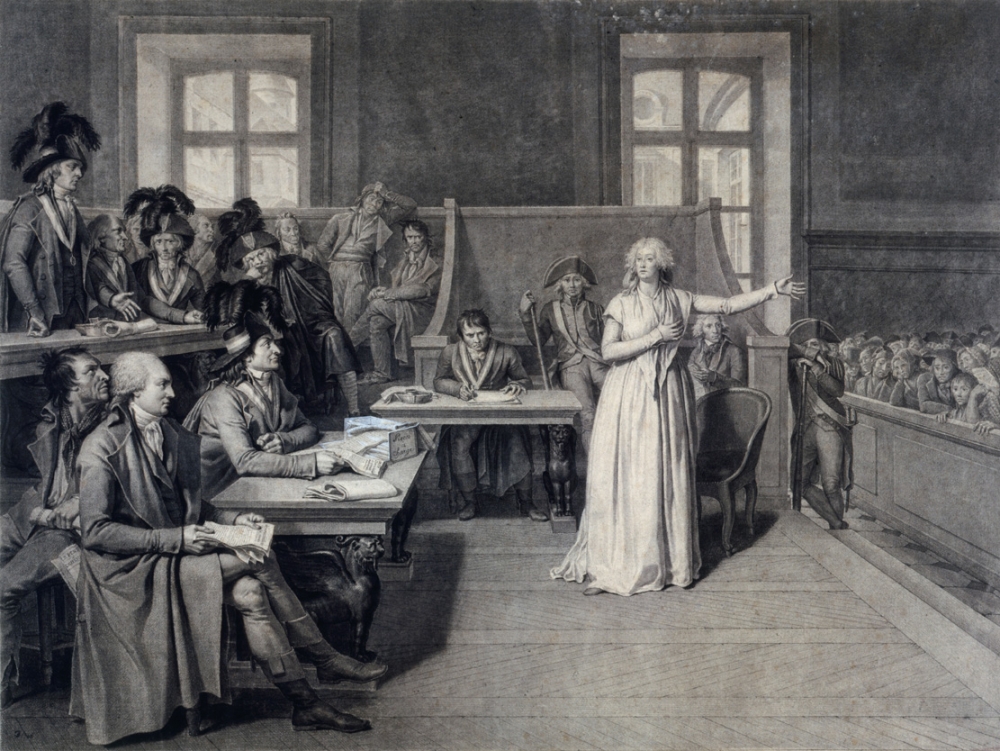
Marie Antoinette’s trial. (Image source)
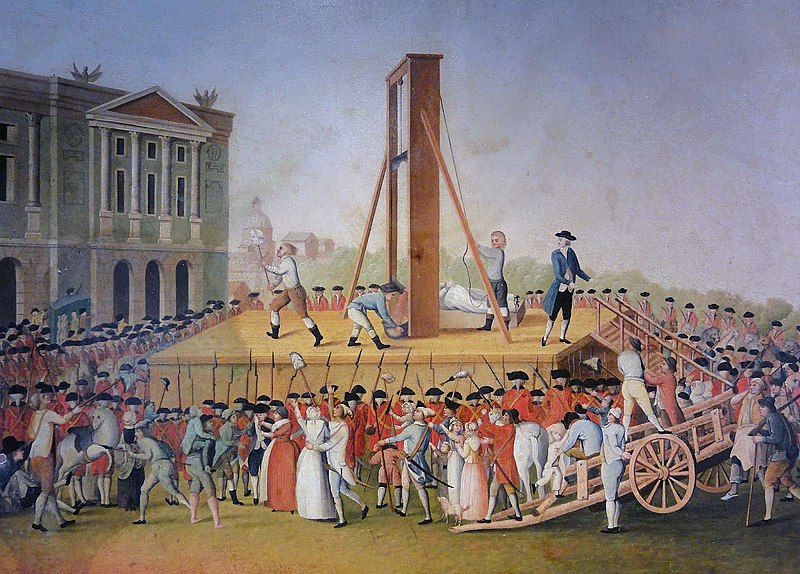
The execution of Marie Antoinette at the Place de la Révolution. Her head is being displayed for the crowd. (Image source)

There are many images of Marie Antoinette in a simple white dress on her way to the guillotine. I’m particularly fascinated by this one by a Belgian painter, which turns the tragic scene itself into a glimpse through a window, and focuses the action on Jacques-Louis David as he draws his famous sketch of the prisoner. Jacques-Louis David was a supporter of Robespierre at the time, but changed his tune when Robespierre was sent to the guillotine and he was arrested. (Image source)
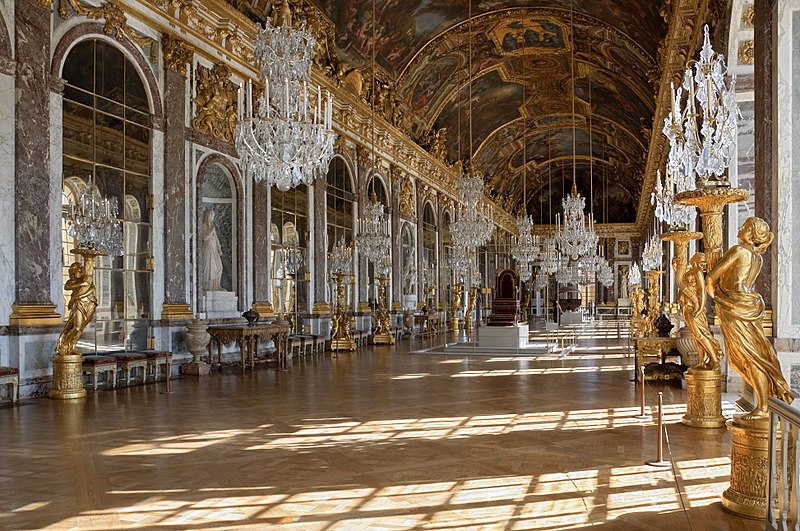
The famous Hall of Mirrors at the Palace of Versailles. (Image source)
A room at the Petit Trianon, considered scaled down by the standards of the French aristocracy, but still incredibly lavish. Now that most of these artistic techniques can be reproduced with machinery and cheaper materials, we’d consider this style chintzy, but when every detail of the carving, gilding, and brocade had to be hand-produced it was an incredible display of wealth. (Image source)
The trailer for Marie Antoinette (2006), written and directed by Sofia Coppola. The film’s use of deliberately anachronistic music and fashion, including a famous pair of Converse tennis shoes in one shot, divided critics at the time but had a big influence on the way period pieces are filmed today.
Sources
- Queen of Fashion: What Marie Antoinette Wore to the Revolution
- Last Letter of Marie-Antoinette
- An English Writer on the Execution of Marie Antoinette
- Trial of Marie-Antoinette
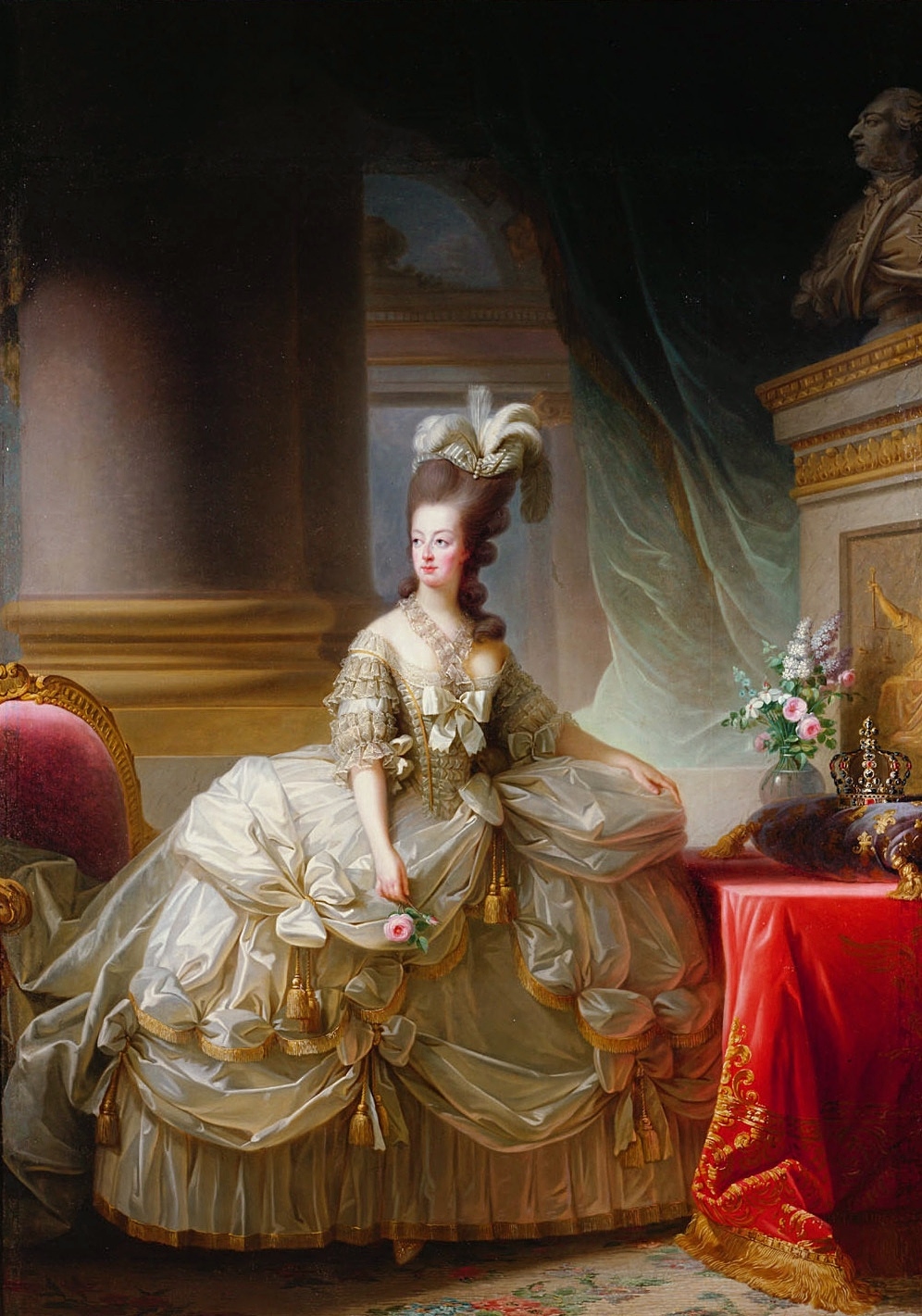
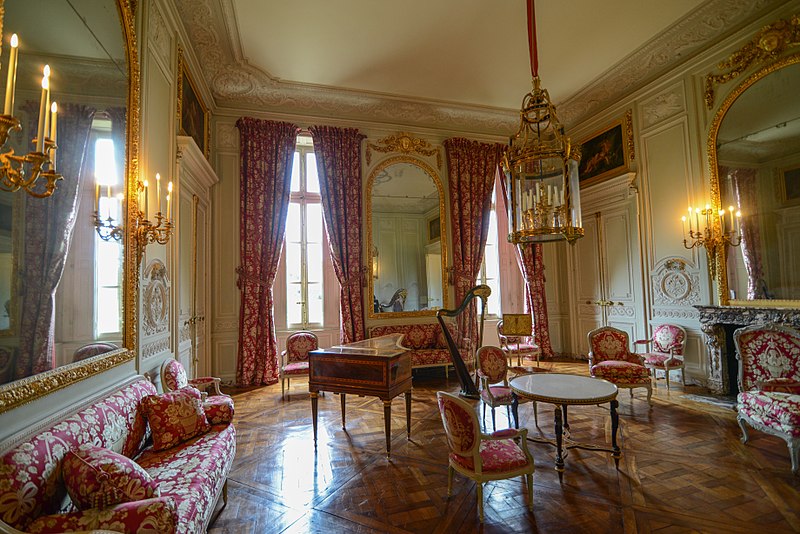
I’m getting the impression that you guys enjoy cases grounded in making up laws ex-post-facto, so I thought you might like this one!
https://www.democracynow.org/2007/11/2/the_case_of_the_la8_u